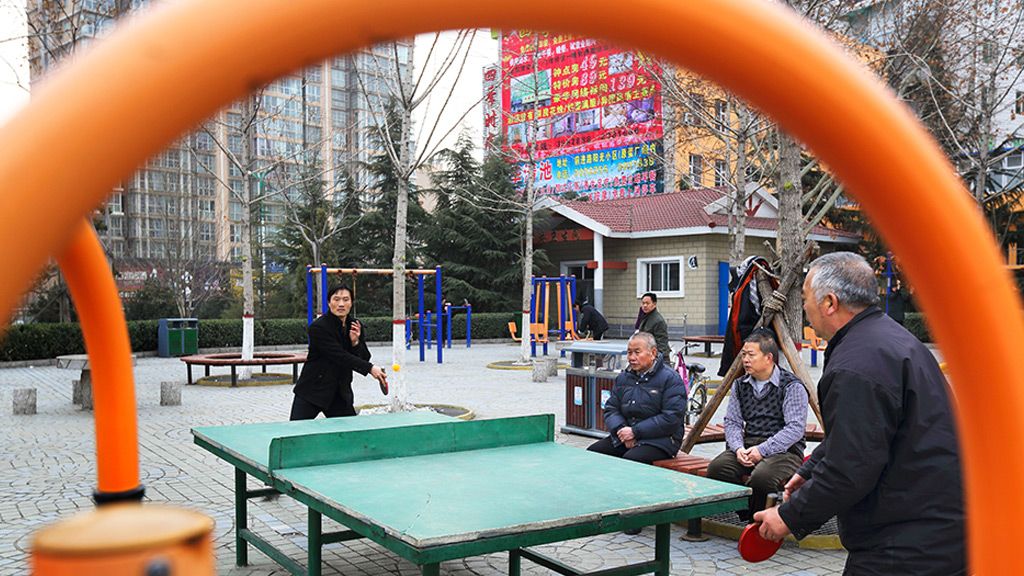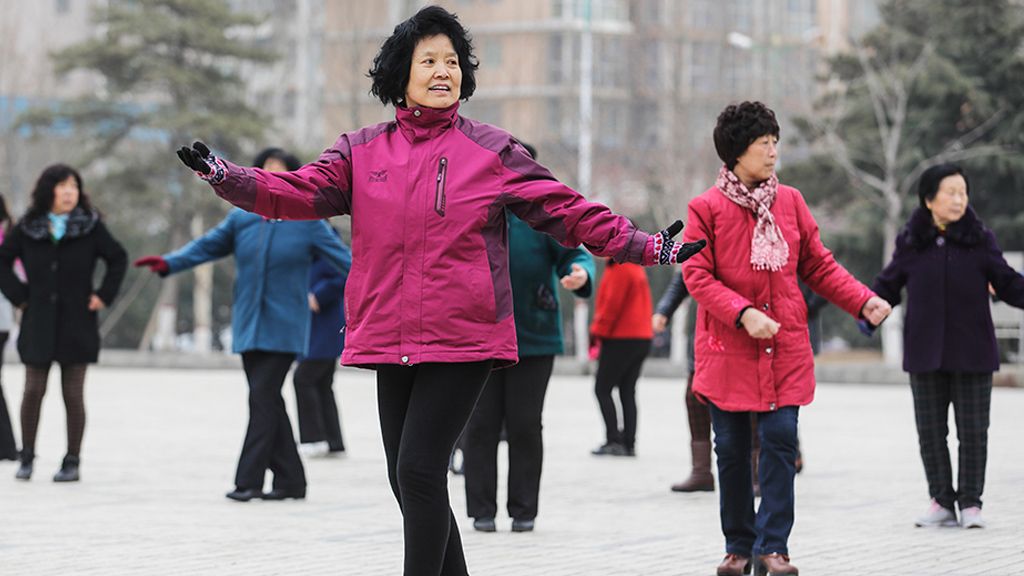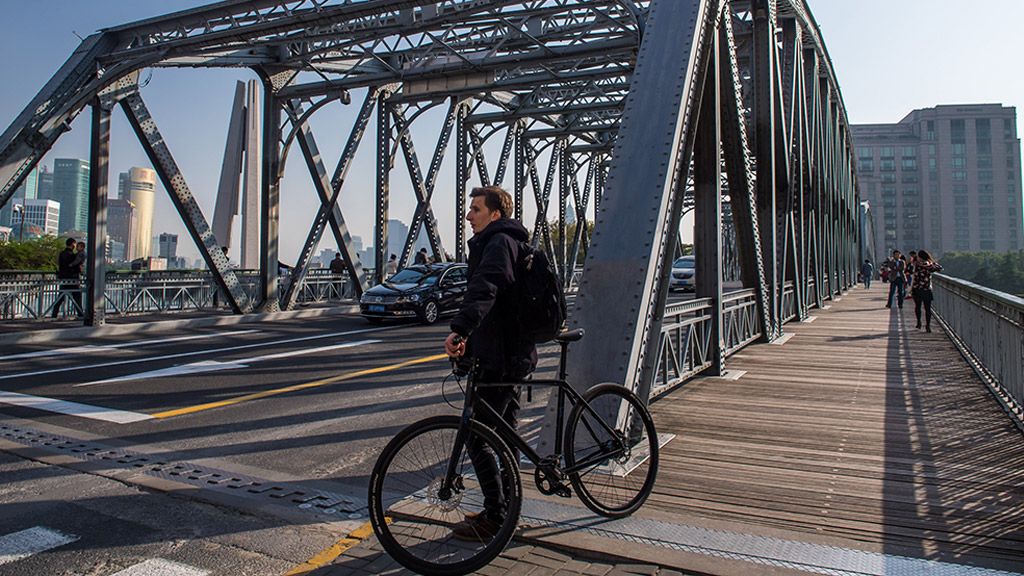Others
How to Have Healthy and Age-Friendly Cities in the People's Republic of China
Pima O. Arizala-Bagamasbad 23 Feb 2021


A new ADB publication proposes health impact assessments as well as healthy and age-friendly city action and management plans as holistic tools to improve urban livability, services, and public spaces.
As the world and the PRC continue to urbanize, sustainable development will depend on making cities livable, environmentally sustainable, low-carbon, climate resilient, and socially and age-inclusive.
Making cities healthier requires clean and walkable environments, accessible health-care services, and infrastructure that improves the urban environment promoting healthy lifestyles.
Rapid urbanization and aging in many countries have highlighted the urgency of making cities healthier and more accessible for the elderly and also more friendly for children. A new ADB report offers an operational framework for creating an urban society fit for four generations in the People’s Republic of China – and elsewhere.
In 2018, the United Nations reported that 55% of the world’s population resided in urban areas, a proportion that is expected to increase to 68% by 2050. In the People’s Republic of China (PRC), the urban population has been increasing at a particularly high speed, from 17.9% in 1978 to 60.6% at the end of 2019.
Urbanization in the PRC is coinciding with an aging of society, with about 20% of the urban population projected to be over 60 years old by 2030; and many of these older people will live to very advanced ages.
As the world and the PRC continue to urbanize, sustainable development will depend on making cities livable, environmentally sustainable, low-carbon, climate resilient, and socially and age-inclusive.
“Integrating health and aging as part of sustainable city planning and urban design will deliver specific additional health and urban livability benefits,” says ADB Senior Urban Development Specialist Stefan Rau. “It is a great opportunity to bring together many agencies and specialists to use the emerging four-generation urban world as an opportunity for transforming urban community life.”
Health and well-being have been shaping urban development since cities existed and they can now be considered critical factors contributing to competitiveness of cities, especially in high-income and upper-middle-income countries such as the PRC.
A new ADB publication, Healthy and Age-Friendly Cities in the People’s Republic of China, proposes health impact assessments as well as healthy and age-friendly city action and management plans as holistic tools to improve urban livability, services, and public spaces. Integrated with urban planning, these practical tools can help make cleaner, healthier, and safer cities that are more pleasant for people of all ages, and more attractive for businesses, and economic development.
Healthier cities and integrating the needs of the elderly and also children
According to the report, making cities healthier requires clean and walkable environments, accessible health-care services, and infrastructure that improves the urban environment and promotes healthy lifestyles. All of these will help ease public health management in an era when infectious diseases such as the coronavirus disease (COVID-19) pandemic, noncommunicable diseases, and the challenges of increasingly aging populations are converging, as is the case of the PRC.
“Well-planned, decentralized, and conveniently located urban health services ideally within walking distance to many residents and public transport, early detection of infectious diseases, and measures for vulnerable groups such as the elderly can help reduce noncommunicable diseases, control infectious diseases, and promote well-being,” says ADB Health Specialist Najibullah Habib.
Cities need to combine an age-friendly public transport system with safe and convenient sidewalks, bicycle parking, parks, public spaces, and public service facilities. This effort needs to be integrated with universal urban design to ensure that public spaces, sidewalks, parks, and buildings are accessible for people of all ages and the physically impaired. This much-needed low-carbon, climate-resilient urban planning and design would also contribute to improved health from reduced emissions and lessened risk of climate-related disasters such as flooding, droughts, heat waves, and storm surges, which also endanger lives and safety.
“Cities would greatly benefit if they govern, plan, and invest holistically in the promotion of public and community health, healthy lifestyles, gender and age equality, disease prevention, and improved social services,” says Susann Roth, ADB Chief of Knowledge Advisory Services Center.
Figure 1: A Hierarchy of Urban Health and Well-being

The report says healthy cities should first ensure that basic health needs are met (i.e., physiological needs and safety, and the elimination or reduction of exposure to infectious diseases). Then, healthy lifestyles and healthy communities should be promoted, and the risks of noncommunicable diseases such as cardiovascular diseases and cancer should be reduced, resulting in longer life expectancies (Figure 1).
Healthy cities should enable a high quality of living; heathy lifestyle choices that are easy to make; and the self-fulfillment of citizens, families, and communities. The planning of healthy cities should consider all aspects of physical and mental health, vibrant and diverse human interactions, and culture and education to ensure that all urban residents can develop to their full potential.
Operational framework
The framework combines two practical tools for urban planners and city governments: a health impact assessment (HIA) and a healthy and age-friendly city action and management plan (HACAMP) as step-by-step guide. The framework is applicable to existing urban areas and proposed urban master plans for new areas and projects. It builds on city health sector plans, fits within the context of sector operations and plans, and contributes to urban master development plans and local institutional arrangements and responsibilities.
“While the initial target country of this report is the PRC, the objectives and framework developed here could also be applied to other countries in Asia and the Pacific and beyond,” the report says. “They are highly relevant for cities at all development stages, especially given the recent pandemic and the demographic transition that has been occurring for some time.”
Author

Pima O. Arizala-Bagamasbad
Associate Communications Officer, Department of Communications, ADB
This article is reproduced from Asian Development Bank.


